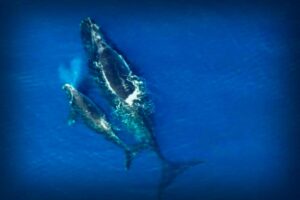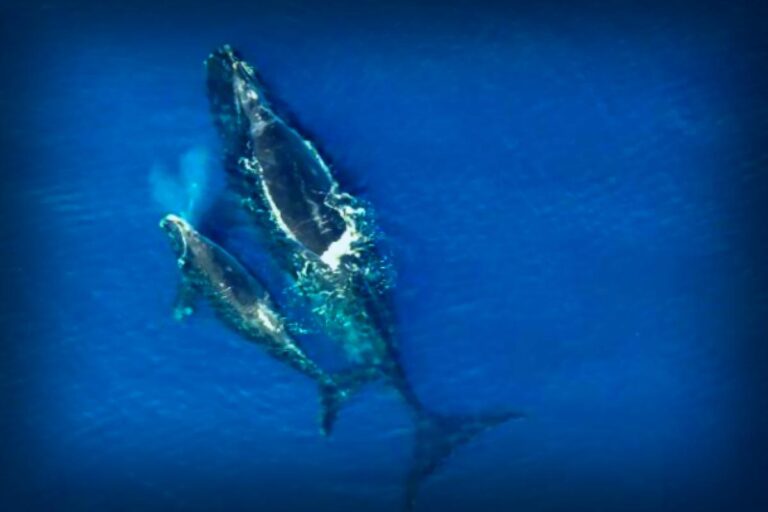One of the top contenders for researching resilient microbes that live without sunlight is Europa, a moon orbiting Jupiter. This icy celestial body is thought to conceal a massive ocean beneath its frozen shell. A research team, led by James Holden from the University of Massachusetts Amherst, is diving deep into Earth’s oceans to model what life could exist in this alien world.
Microbes of the Deep: A Galactic Comparison
Holden and his dedicated group have been studying unique microbes that thrive near hydrothermal vents on the ocean floor for several years. These extreme conditions, characterized by boiling water and high-pressure environments, offer life safety from the total darkness of the deep sea. Instead of sun-bathed photosynthesis, these ingenious microbes flourish by breaking down chemicals, particularly hydrogen, using special enzymes called hydrogenases.
Started in 1988, Holden’s exploration utilizes submarines that can dive up to a mile beneath the sea’s surface to gather microbial samples. These specimens are then carefully analyzed in their lab, mimicking the harsh conditions found near these underwater volcanoes.
The Ocean Beneath Europa’s Crust
As one of the major moons of Jupiter, Europa stands out as one of the most promising sites in our solar system for searching for alien life. While its surface is frosty, there is believed to be a colossal ocean of salty liquid water lurking under a thick ice layer, possibly ranging between 15 and 25 kilometers in thickness. Beneath, another 150 kilometers of water is presumed to exist. This potential environment fuels scientists’ excitement because it might contain the essential components for life, such as liquid water and various chemical precursors.
Many researchers, including Holden, postulate that Europa’s ocean could mimic Earth’s deep-sea conditions. Specifically, he suggests that the moon’s molten core could create hydrothermal vents on its ocean floor, releasing vital minerals and gases into the water. This possible energy source raises the hope for some form of life.
As he puts it, “Based on our planet, we believe Europa could possess life-supporting conditions.” The insights gained about deep-sea microbes could pave the way for figuring out what sorts of life might roam Europa’s alien seas, which could be highly favorable for habitations.
Imagining Life on Europa
The microbes found in Earth’s hydrothermal vents have evolved dramatically to survive in harsh conditions. Instead of using photosynthesis to generate energy, they rely on chemosynthesis, drawing energy from chemicals in their environment. By studying these resilient organisms, researchers glean insights about potential life forms on Europa.
Holden’s study focuses significantly on exploring how various types of hydrogenases react within different environments. These key enzymes enable microbes to harness energy from chemicals like hydrogen. These organisms could adjust their energy-creation mechanisms depending on the specific chemical landscape they find in their surroundings.
Yet, he notes that the chemical characteristics of Europa’s ocean are likely far from those of Earth. Holden warns that varying chemistries could lead to the formation of entirely different kinds of microbes.
Europa Clipper Mission: A Journey to Uncover Possibilities
Set to launch in October 2024, the Europa Clipper mission is a critical step toward unraveling Europa’s mysteries. This endeavor, spearheaded by NASA, targets the detailed exploration of the moon’s icy outer layer and subsurface ocean. The spacecraft is expected to conduct flybys of Europa, collecting precious data on its geology, surface activity, and signals of habitability. While the spacecraft gets close to Europa, Holden and his group lay the essential groundwork by observing life on our planet that exists under comparative extreme conditions.
Spanning five years, the Europa Clipper mission will journey about 1.8 billion miles, aiming for a grand entrance into Jupiter’s orbit by April 2030. On its way, the spacecraft is scheduled for 49 close encounters with Europa, collecting critical data that may reveal whether the moon’s ocean harbors the vital ingredients for life.
If you enjoyed this insight, don’t forget to follow our newsletter for an array of exciting stories, unique content, and the latest updates!
Stay tuned for more news like this on Dailygalaxy.com.



















